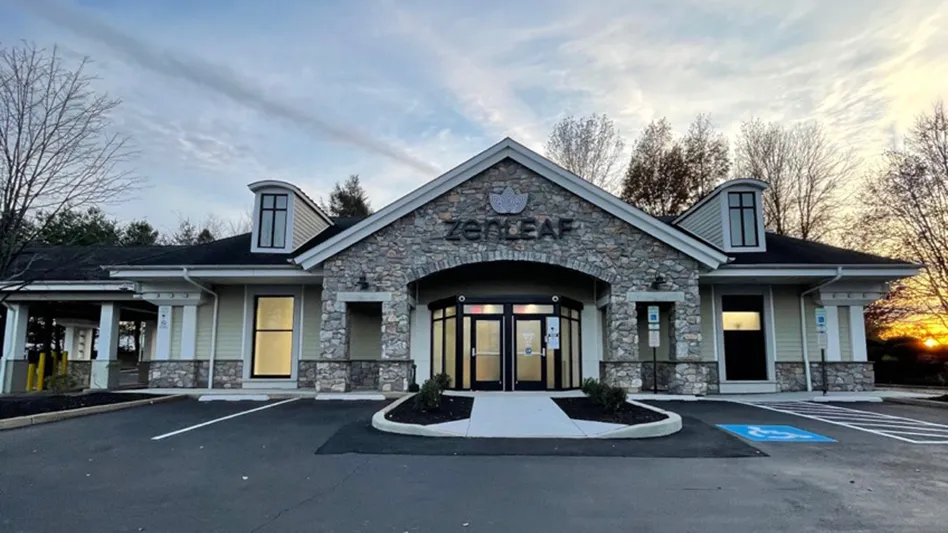HI, I AM DR. WILLIAM VIZUETE, CHIEF SCIENTIFIC OFFICER AT PACIFIC ENVIRONMENTAL ANALYTICS. In last month’s Better Business Column, we explored how cannabis cultivation potentially affects air quality and ways to measure that impact. This month, we are focusing on greenhouse design and shining a light on a too often overlooked but critical consideration.
In the process of conducting our research, we’ve visited multiple types of cannabis cultivation facilities. In Denver, we’ve found cultivators in warehouse space and ex-business parks. In New Jersey, we’ve observed modular rooms being built within the footprint of existing defunct greenhouses. In California, we’ve seen plans for so-called “cannabis campuses”. However, the standard growing approach is of course greenhouses. Though they come in many “flavors”—traditional Venlo style, hoop, side-venting, roof-venting, side-fan venting and so on—the fact remains that greenhouse-style cultivation is, and will likely remain, the most popular form of cultivation due to its inherent benefits: lower-cost energy, weather and climate control, year-round cultivation and light control. We’ve also read within the pages of Cannabis Business Times numerous extremely helpful articles on cannabis greenhouse design and maintenance.
But what’s missing in the conversation? What two-syllable word (that happens to be one of the most likely reasons to lose a cultivation permit) is not raised? ODOR.
Greenhouse builders, designers and engineers do a fantastic job of drafting creative plans to meet cultivator requirements for air flow, irrigation, lighting and other variables. But it has become evident that odor control is not considered an important design requirement. This is a critical mistake that others can learn from. We’ve observed that attention is given only after-the-fact when odor and emissions complaints start to roll in and the cultivator is scrambling to retrofit the facility to address these issues. Unfortunately, this is often a case of too little too late as numerous cultivators have lost permits due to unaddressed or insufficiently addressed odor issues. Rather than retrofitting a greenhouse, and committing unbudgeted resources, proven and effective odor control measures should be engineered into original design plans. When done properly, a robust odor control system can be integrated into greenhouse design and control systems, making the entire process more streamlined, efficient and effective while protecting your investment by addressing a critical compliance concern.


Explore the February 2020 Issue
Check out more from this issue and find you next story to read.
Latest from Cannabis Business Times
- Cannabis Rescheduling: Where Do We Go From Here?
- Verano Opens MÜV Haines City, Company’s 75th Florida Dispensary
- Ascend Wellness Holdings Reports $142.4M Net Revenue for Q1 2024
- Trulieve Reports $298M in Revenue for 1st Quarter 2024
- SNDL Reports 1st Quarter 2024 Financial, Operational Results
- Leading Cannabis Brand STIIIZY Expands Retail Presence With Fresno Location Opening Saturday, May 11
- The Cannabist Co. Reports 1st Quarter 2024 Results
- Green Thumb Reports $276M Revenue for 1st Quarter 2024





